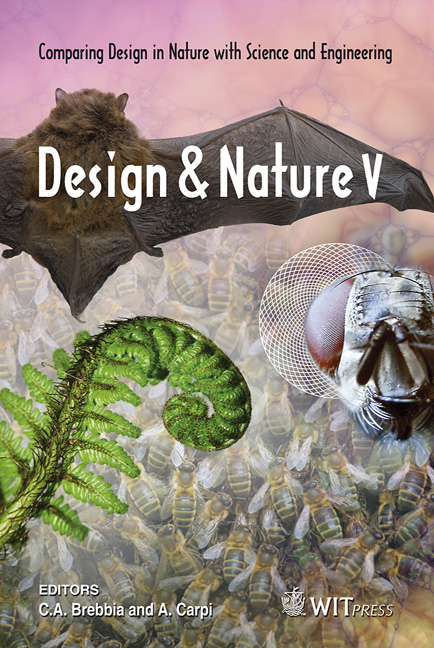Bivalve Burrowing Robots: Correlating Shell Morphology And Movement Pattern With Burrowing Efficiency
Price
Free (open access)
Transaction
Volume
138
Pages
14
Page Range
389 - 402
Published
2010
Size
5775 kb
Paper DOI
10.2495/DN100341
Copyright
WIT Press
Author(s)
D. P. Germann, W. Schatz & P. Eggenberger Hotz
Abstract
This work examines correlations between functional morphology and behaviour in the instance of the burrowing locomotion of bivalves. A comparatively simple and assessable behaviour and a rich fossil record documenting the evolutionary adaptations in morphology make these animals adequate for investigation. In this paper a robotic setup to simulate the burrowing behaviour of bivalves is presented. Models of both natural bivalve shell shapes and artificially designed shapes are pulled into sediment in the rocking modality these animals typically use. Different shapes, motion patterns and a water expulsion mechanism are evaluated and compared in terms of burrowing performance. The results presented here and further experiments using the (improved) platform may shed light on how bivalves burrow, how features of functional morphology evolved and how efficient automatic burrowing devices may be constructed. Keywords: biorobotics, biomimetics, underwater robots, functional morphology, burrowing locomotion, shell morphology, bivalves, artificial evolution. 1 Introduction This work pursues a synthetic (\“understanding by building”) rather than an analytic approach for understanding functional morphology and its influence on behaviour in the case of bivalves. Biomimetic research usually focuses on using nature as inspiration to solve technical problems in a novel and elegant way and
Keywords
biorobotics, biomimetics, underwater robots, functional morphology,burrowing locomotion, shell morphology, bivalves, artificial evolution





